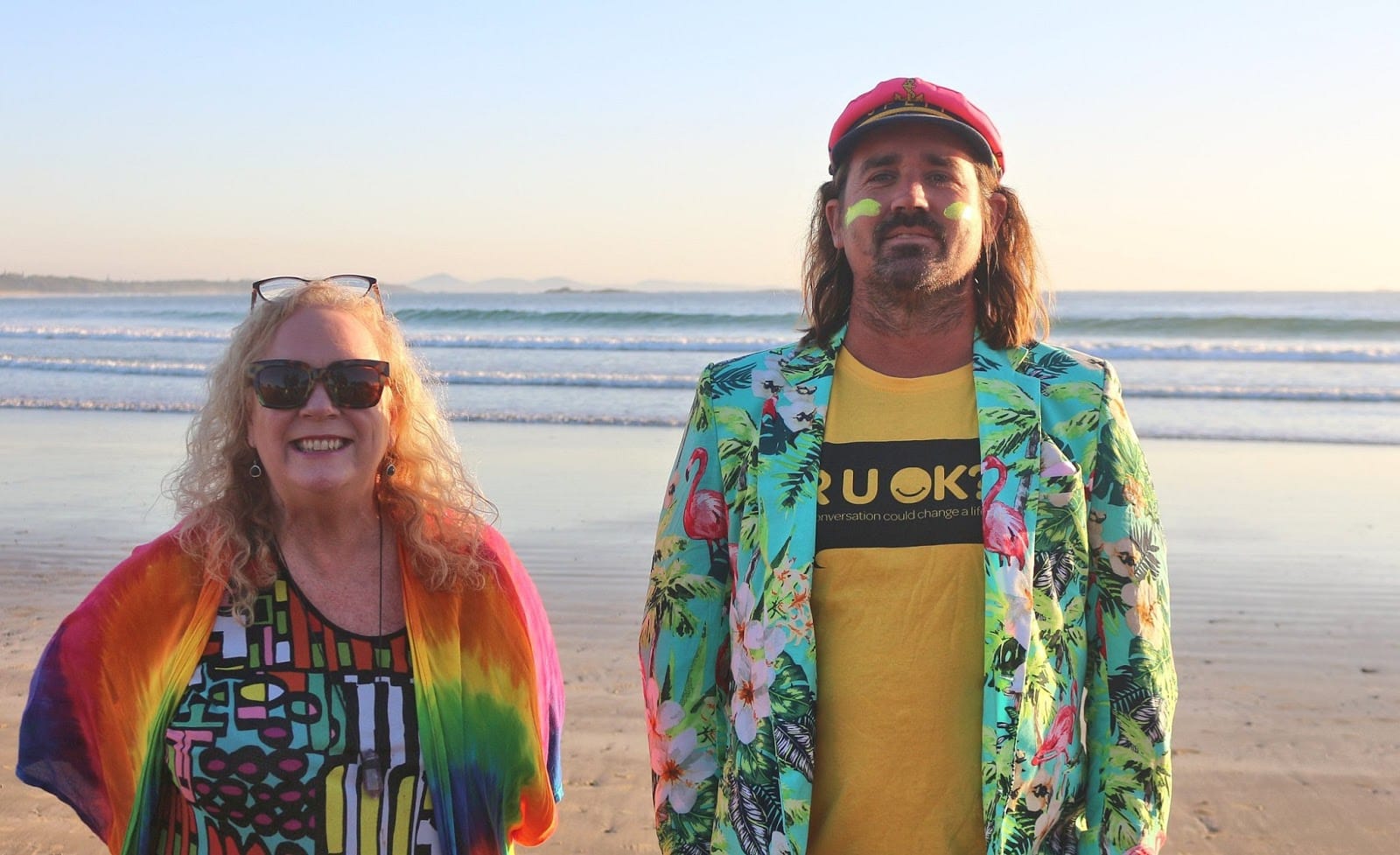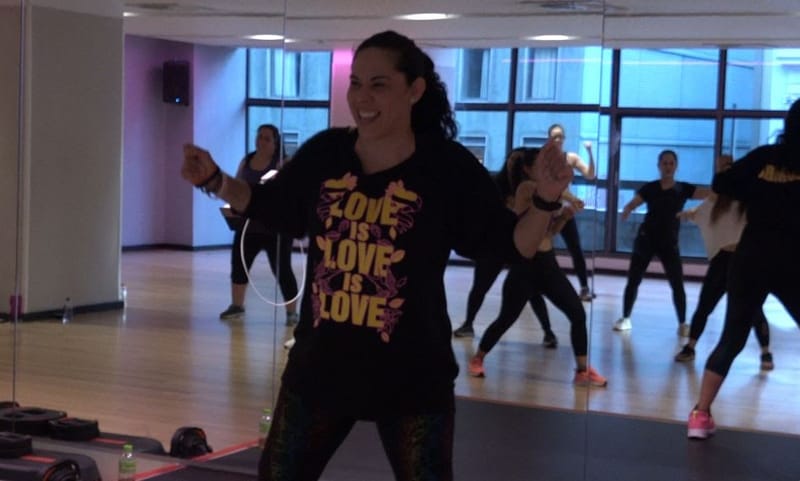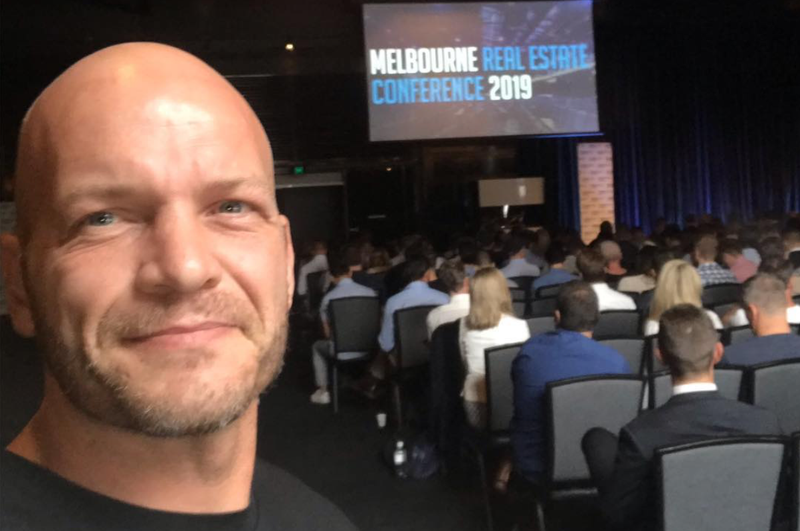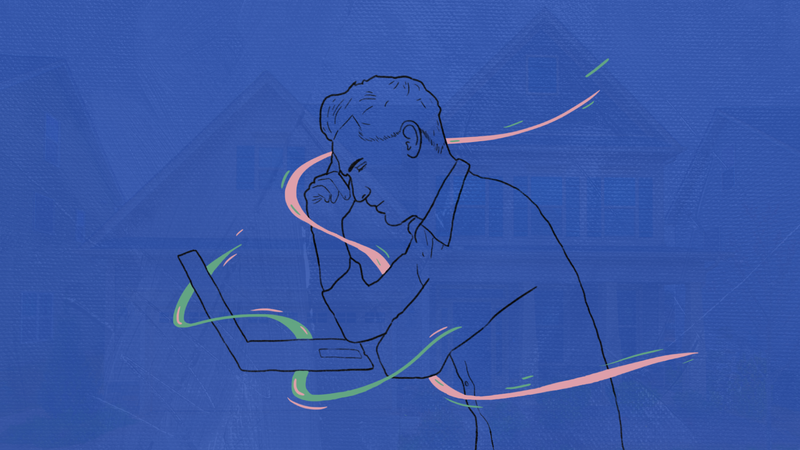The slice of paradise plagued by youth suicide and the community's fight to fix it
Known on the tourist trail for crystal clear waters and the iconic Big Banana, Australia's mid-north coast harbours a troubling statistic - it has the second-highest youth suicide rate in NSW.

By MILES PROUST
This story is part of MOJO News campaign #HearMeOut to have a Federal Minister for Suicide Prevention appointed *
Despite extra funding for mental health support, youth suicide numbers are increasing and regional areas such as NSW’s mid-north coast are suffering.
So why are young people taking their own lives?
Coffs Harbour is called home by 70,000 people, it's a six-hour drive north of Sydney and is famous for the iconic ‘Big Banana’, crystal clear water beaches and stunning national parks.
But underneath the veneer of beauty its young people are suffering. Nearly one in four young people is unemployed, ice usage has increased between 100 and 900 per cent in a decade and access to mental health support is often inadequate.
Prime Minister Scott Morrison has promised to “break the curse of youth suicide” through a Youth Mental Health and Suicide Prevention Plan, but for some communities, relief hasn’t come quickly enough.
In Grafton (population 25,000) 11 young people took their own lives in 2015, prompting crisis community meetings and raising questions about what the government was doing to address youth suicide.
While the mid-north coast cannot claim the highest youth suicide rate in the state (that unfortunate title belongs to Tumut - Tumbarumba), its rates are significantly higher than the state average according to the Australian Bureau of Statistics.
From 2008 to 2016 there were 20 suicides on average per 100,000 young people in the Clarence Valley, meaning a teenager from Grafton was four times more likely to take their own life than a young person from Scott Morrison’s electorate in Sydney’s south.
In the nearby Kempsey/ Nambucca shires the rate was just over 15 for the same period, well above the state average of 10.1 in 2017.
So what challenges do young people face on the mid-north coast?
Youth unemployment
In Coffs Harbour, finding a job is the biggest hurdle for young people to overcome.
According to a 2007 study from the University of Sydney, employment contributed to a sense of identity and self-worth in young people, while unemployment contributed to feelings of social isolation, depression and lack of purpose.
Narin Gayle and Damon Laverick, both 23-years-old, moved back to Coffs Harbour after leaving town when they finished high school. While both are music students, neither is employed.
“I’m a landscaper by trade and there’s no landscaping jobs,” Mr Gayle said.
Mr Laverick said unemployment has had negative impacts including increased crime, drug use and mental health problems.
“Most young people move out of Coffs Harbour because there’s no opportunity,” he said.
A report published in March by the anti-poverty organisation Brotherhood of St Laurence found the Coffs Harbour – Grafton area, including the towns of Dorrigo, Bellingen and Nambucca Heads, had an unemployment rate of 23.3 per cent for 15 to 24 year olds - more than double the national rate of 11.2 per cent.
Mr Laverick said while he was happy to see Headspace receive a boost in funding, the underlying causes of mental illness, such as unemployment and drug use, still needed to be addressed.
Headspace was established in 2006 as a government funded foundation which provided support for young people dealing with mental illness, drug and alcohol problems. Often it is a first point of contact for young people needing support.
Mr Laverick said young people in Coffs Harbour turned to methamphetamine, or 'ice', because of boredom and lack of opportunity.
“I know people who’ve gone down that path and it doesn’t end well. It’s quite a problem in this area.”
Coffs Harbour has the highest increase in possession of amphetamines in the state, according to the ongoing NSW State Government inquiry into ice use.
Possession increased from 15 incidents in 2009 to 163 incidents in 2018 – an increase of 1000 per cent according to a hearing in May.
Headspace Coffs Harbour
A community engagement officer and youth worker at Headspace’s Coffs Harbour centre, Gary Maher, said the biggest challenge youth face in the area is “a future”.
Each month the Coffs Harbour Headspace Centre deals with 80 to 120 new referrals.
Mr Maher said unemployment and mental health were directly linked.
“It’s no wonder we have the second highest rate of unemployment for young people and so we also have very high rates of mental health issues for young people as well,” he said.
Headspace has received an extra $51.8 million on top of the existing $95.7 million allocated which will be used to build 30 new centres, bringing the Australian total to 145 by 2021.
While Headspace provides important mental health support, Mr Maher said the government needs to invest in industries that can provide jobs for young people in the area.
Nambucca Youth Centre
For larger towns like Grafton, Coffs Harbour and Port Macquarie, Headspace provides an essential service for young people, but it often means smaller communities miss out.
Nambucca Heads (population 6,000) is 45 minutes south of Coffs Harbour and struggles to provide adequate mental health support for its young people. The town’s only youth centre is barely keeping its doors open.
Lea Gillard is a youth worker from the Nambucca Youth Centre (colloquially known as the ‘Youthie’ by locals) and runs a community program ‘Youth Voice’ which teaches young people to sing.
Ms Gillard said young people in the area find it hard to make ends meet due to the town’s lack of jobs and affordable housing.
Unlike government funded centres like Headspace, the Nambucca Youthie is privately funded - much of which comes from the Uniting Church.
“We are not funded by the government and there are no paid youth workers here,” Ms Gillard said.
Nambucca misses out on government funding because the money goes to larger towns, she said.
“I don’t see the equity in certain areas getting the funding and others not, especially when the need is the same.”
Community outreach worker, Steph Souris, is based in Coffs Harbour and travels to Nambucca each Wednesday to help young people find housing. Her role is to case manage, assist with rental applications, viewings and to support young people in finding permanent housing.
“We recognise the need for housing support in the area because there are a lot of people experiencing disadvantage and young people need support,” Ms Souris said.
Ms Gillard said youth homelessness has increased dramatically in recent years with the closest crisis housing in Coffs Harbour, but even then, it is often at capacity.
“We’ve got no crisis centre here, no crisis housing for youths or young mums. If they come to us in crisis here, we’ve got nowhere to send them except to another service tomorrow or the next day,” she said.
Ms Souris said, “if they [the government] supported affordable housing, that would directly impact upon mental health and drug and alcohol use.”
Ms Gillard and Ms Souris said government action had been inadequate in dealing with youth issues in the area.
"Youth is not supported here,” Ms Gillard said.
So what is the government doing?
Youth unemployment and suicide were both campaign issues at this year’s election in the federal electorate of Cowper, which encompasses much of the mid-north coast.
First time National’s candidate, Pat Conaghan, was elected after a hard-fought win against high-profile independent Rob Oakeshott.
In Mr Conaghan's maiden address to parliament, he outlined his intention to address both youth suicide and unemployment.
“I’m again sad to say that, in my electorate, youth suicide far exceeds the national average, if any average were ever acceptable,” he said in July.
The government spent $50 million on 10 youth employment hubs across the nation in 2019 to connect young job seekers and employers. Despite Coffs Harbour having the second highest youth unemployment in the country, it was not included as a training hub.
Mr Conaghan used his speech to call for a hub in Coff's Harbour.
Mr Conaghan has been meeting local experts and talking about organising a youth employment summit early next year.
But some locals remain sceptical and said more should have been done years ago.
One local resident wrote in a comment on Facebook, “Cowper had a long serving MP before Pat Conaghan, whose job as a junior minister was to fix youth unemployment. Nothing happened.”
The former MP the resident was referring to is Luke Hartsuyker who represented Cowper from 2001 to 2019. He was also an assistant Minister for Employment in the Abbott Government.
State Member for Coffs Harbour, Gurmesh Singh, said the reason for the town's high youth unemployment was difficult to determine.
“Coffs Harbour hasn’t had any major industries shut down - it hasn’t suffered from an agricultural downturn like Bundaberg did last year during the strawberry needle scare so it’s a complex issue,” Mr Singh said.
“When we were door knocking during the election, a lot of blue-collar employers said they were looking for workers but weren’t finding anyone suitable. There are jobs here, it’s just a matter of finding the right people for the role.”
For Coffs Harbour, the answer to youth unemployment may be found 150 km south in Port Macquarie. Despite both being regional centres on the mid-north coast, Port Macquarie’s youth unemployment rate is nearly half of Coffs Harbour’s at just 12.6 per cent.
Some locals attributed job exhibitions held in the wake of the Global Financial Crisis as a reason for Port Macquarie’s low youth unemployment.
One event held in April 2010 saw more than 400 people gain employment.
R U OK?
While the mid-north coast waits for government action on mental health, some communities have taken matters into their own hands.
In Woolgoolga (population 5,000), 25 minutes north of Coffs Harbour, Fluro Fridays is an initiative aiming to improve youth mental health.
Every Friday at 6:30am dozens of locals meet at the town’s main beach dressed in bright coloured clothing for some ‘saltwater therapy’ - whether that be swimming, surfing, yoga or just meeting up for a chat.
The fluro clothing is about making the invisible visible, representing mental health as many who suffer from mental illness often do so in isolation.
Fluro Fridays first began on Bondi Beach in 2013 but now has more than 200 chapters worldwide.
In Woolgoolga, Lisa Nichols is the main organiser. She got involved in community mental health support after losing her mother to suicide in 1998.
“I can see the signs and I was worried about it but I didn’t go and ask her if she was alright and I think if I knew what I know now I could have changed her mind about taking her life,” Ms Nichols said.
“Afterwards I thought I want to do something about mental health, we didn’t understand depression back then, we certainly didn’t understand suicide and we certainly didn’t talk about it,” she said.
Ms Nichols also organises the annual R U OK? Day in the area - during which people are encouraged to talk about mental health and check in on each other's wellbeing.
At this year’s event in Woolgoolga, about 100 locals gathered on the main beach to spell out R U OK? before a walk up the beach.
Ms Nichols told Coffs Coast Focus in August, “I want to help as many people as possible to feel comfortable with reaching out. Learn how to ask the question, listen to the person’s story, encourage them to get help and to check in with them as often as needed afterwards.”
The more life’s tough moments are talked about the easier it gets, she said.
With people like Ms Nichols leading the charge on mental health, the answer to youth suicide may be found in local communities, not governments.
* Please sign MOJO News' petition to have a Federal Minister for Suicide Prevention appointed here.
LIFELINE: 131114





